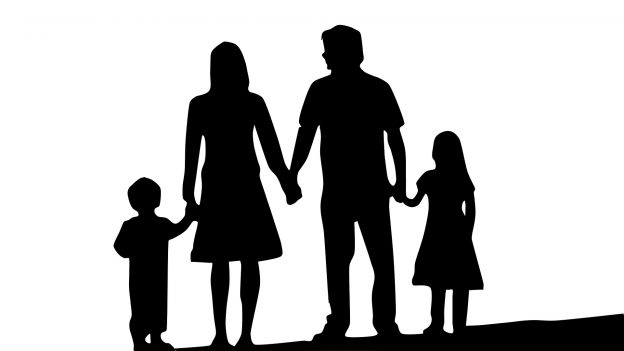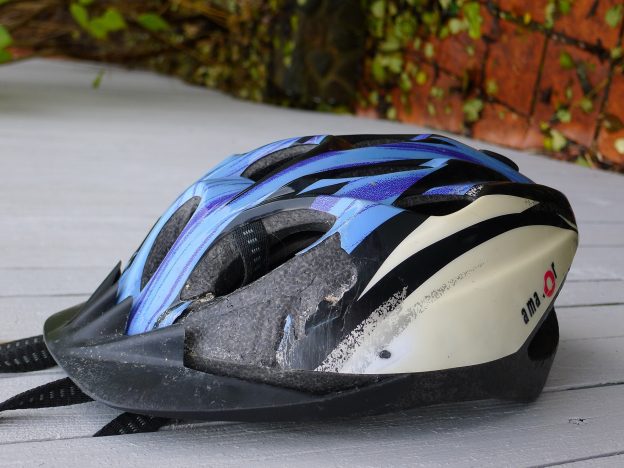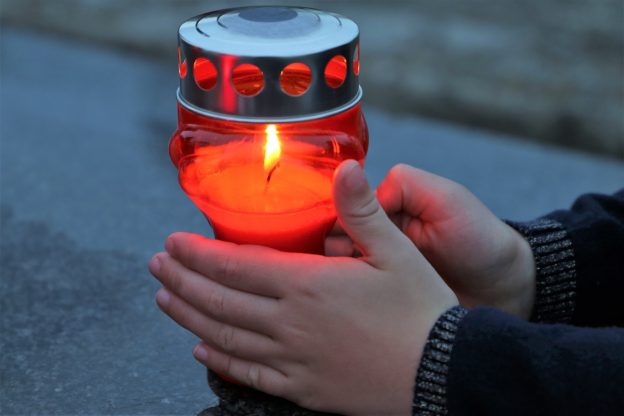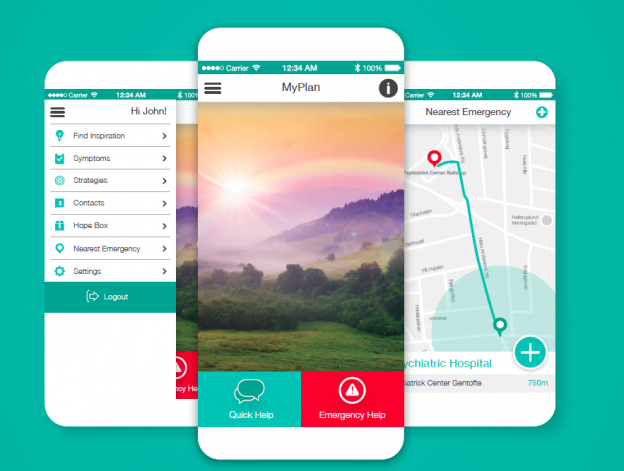Suicidal behavior is a public health issue. The high rates of suicide attempts, particularly among young people and women, require ongoing monitoring of trends. Britt Reuter Morthorst from DRISP has recently completed an examination of the trends of suicide attempts by gender and age in Denmark during the period 2000–2021.
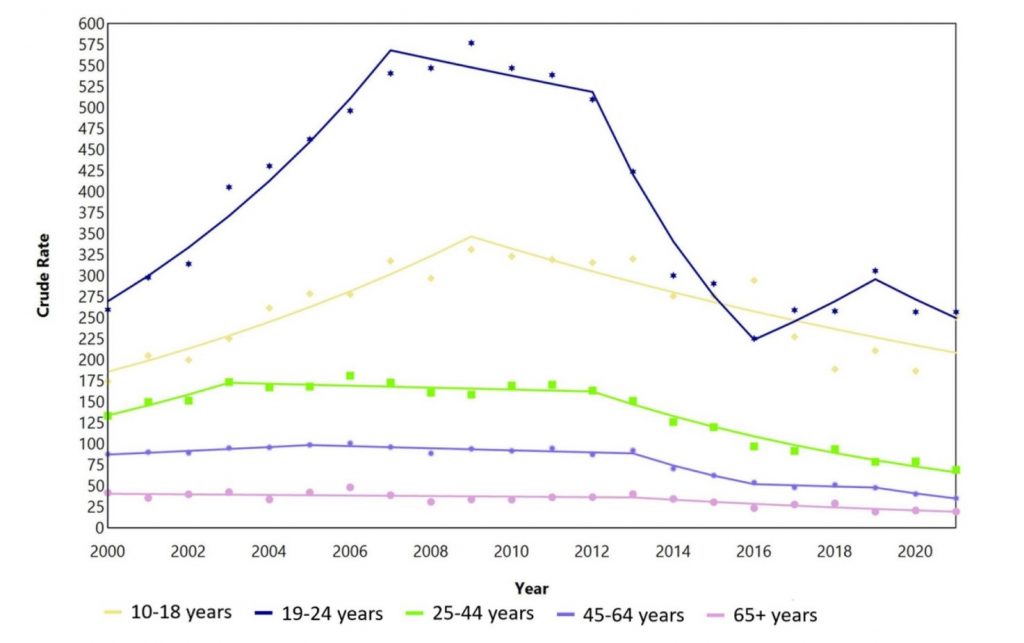
National linkage data for all individuals aged 10 years and older were analyzed. Suicide attempts were identified using data on hospital contacts. The method, joinpoint analyses, was applied to detect significant changes, i.e., increases or decreases, in suicide attempt rates over time.
The results showed that the highest rates of suicide attempts are still observed among younger individuals. Young men and women aged 19–24 had rates of 146 for men and 379 for women per 100,000 inhabitants, respectively. Over time, the greatest improvements, measured as annual percentual changes, were observed in the youngest age groups. Between 2012 and 2015, the suicide attempt rate for males aged 19-24 years decreased with 18%, a statistically significant finding. Among women aged 19–24, the suicide attempt rate decreased annually with 19% during the period 2012–2016. Poisoning was the most commonly used method.
No direct correlation between the international economic crisis in 2008 and changes of suicide attempt rates were identified. Instead, the rates appeared to have plateaued in the years earlier. A significant decline in the suicide attempt rate among women was observed during the years when age and packsize restrictions on over-the-counter painkillers were introduced, suggesting that these legislative measures influenced the trend in suicide attempt rates. The continued fluctuations of the rates, particularly among younger age groups, underscore the importance of an ongoing monitoring.
Link to the study:
https://link.springer.com/article/10.1007/s00127-024-02795-y
DRISP:
- Britt Reuter Morthorst
- Michella Heinrichsen
- Annette Erlangsen


